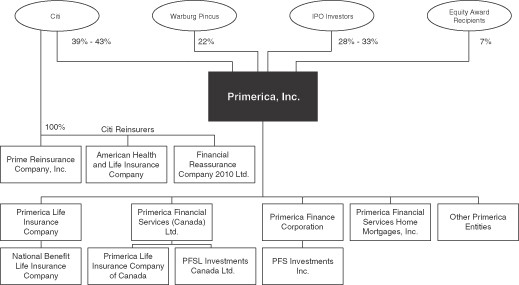Three Basic Elements of any Development Pro Forma
Post on: 11 Ноябрь, 2015 No Comment

Creating pro formas for real estate developments, acquisitions, and dispositions can be a tedious endeavor! There are so many factors to consider when analyzing a development project.
In no time, several “back of the envelope” calculations can quickly turn into a jumbled mess of spreadsheet tabs, projections, convoluted formulas, and—worst of all—sleepless nights. However, wading through this messy process can be an important step in developing properties. After all, developers and investors have to make countless decisions based on imperfect information and unknown outcomes.
While it’s absolutely necessary to do proper due diligence for any project, developing detailed and useful pro forma models doesn’t have to be terribly complicated. One just needs a framework and an understanding of the end goals to start, sift through, and polish up an investment-grade pro forma.
Luckily we’re in an industry that deals with assets we can touch and see (buildings and spaces). This means that the relative timing of revenues and costs is reasonably easy to understand from a high level (compared to other industries). Though it takes time, developing a pro forma around these revenues and costs can follow a simple and straightforward process.
Quick note: There are countless resources available in print and online that explain the nitty-gritty details of development pro formas. For this article, we’re just going to focus on how to understand the over-arching structure needed to analyze a development project. Because, once one understands how to structure a pro forma, the specific details that make that structure work gain more clarity.
Three Essential Elements for Your Development Pro Forma
Every pro forma has three elements that guide their design, structure, and use. If you have a new project on the books and are faced with a mountain of messy information, start with these three pro forma elements and jump in!
1) Assumptions – Pro formas are essentially models that show us what we think will happen in the future. They are based on many assumptions which are unknown at the start. As a project develops, these assumptions get more and more refined. Here are typical types of assumptions that drive a pro forma:
- Timeline – when will the key stages of the project start, continue, and end (typically: analysis, design, construction, lease-up, stabilization, and disposition)?
- Costs – what are the hard and soft costs associated with construction, design, financing, etc.?
- Sources and uses – what financing structure is in place and what will that money be used for?
- General inputs – what are the physical characteristics of the project that drive development potential (number of units, lot size, zoning constraints)?
2) Cash Flow – Once assumptions are established, estimating cash flow is the next step. Below are the typical stages of a project that one considers when building this part of the pro forma:
- Pre-construction and construction – what expenses will occur to produce a finished building or space that’s ready to be leased or sold?
- Stabilization – if cash flow producing, what are the estimated revenues and expenses one incurs to operate the stabilized property?
- Disposition – if looking to sell once stabilized, what are the anticipated terminal value and sale conditions?
3) Returns – Every development is analyzed with respect to its estimated return on investment over time. Returns allow the developer to understand the relative risk of a project and compare that risk to other investment alternatives. Typical returns for the pro forma include:
- IRR – internal rate of return
- NPV – net present value
Pro formas are always developed iteratively. They are usually edited, updated, and refined as a project gains traction and becomes more real. They go through a constant refinement and rebuilding process. Yet, if one sticks to the framework outlined above, that process can become easier to navigate and, over time, much less messy. Good luck on your deals!
Free eBook from BiggerPockets!
Get The Ultimate Beginnner’s Guide to Real Estate Investing for FREE — read by more than 100,000 people — AND get exclusive real estate investing tips, tricks, and techniques delievered straight to your inbox twice weekly!
- Actionable Advice for Getting Started,
- Discover the 10 Most Lucrative Real Estate Niches,
- Learn how to get started with or without money,
- Explore Real-Life Strategies for Building Wealth,
- And a LOT more
Sign up below to download the eBook for FREE today!














